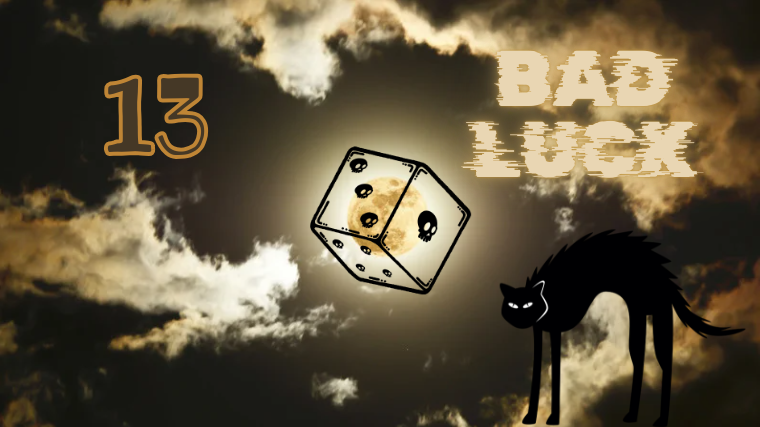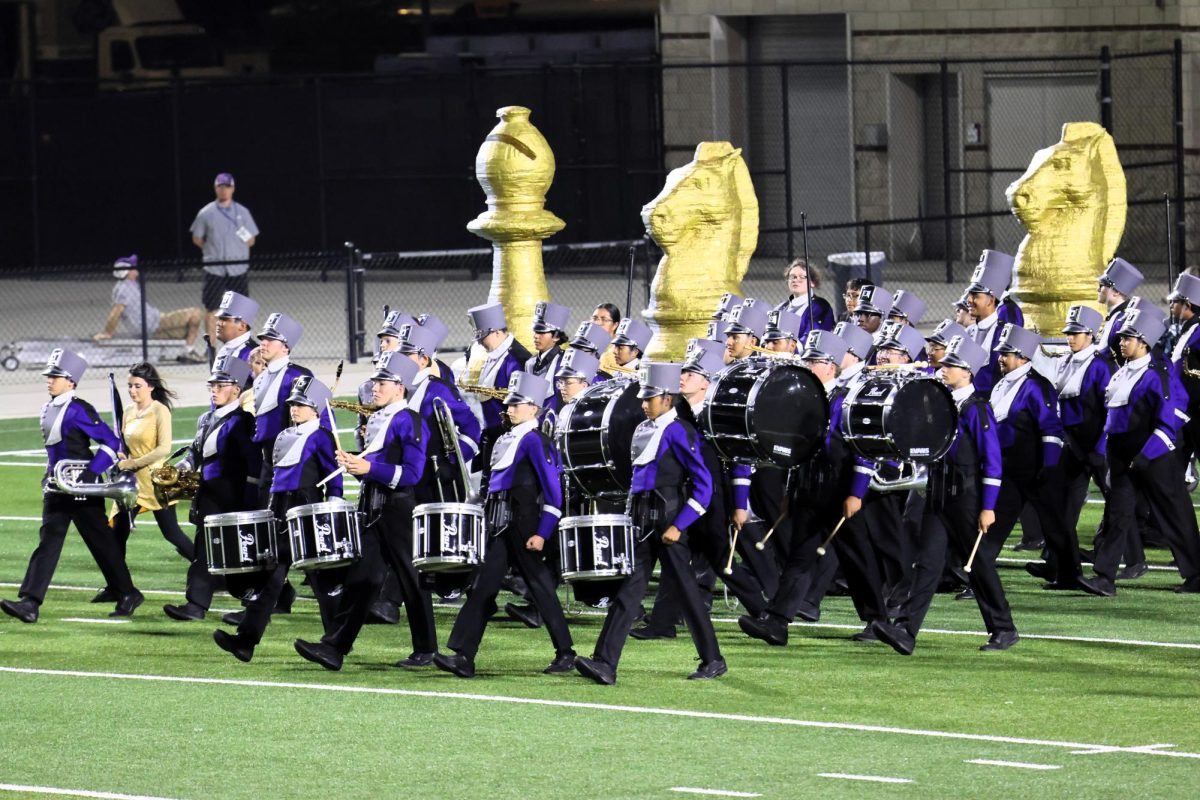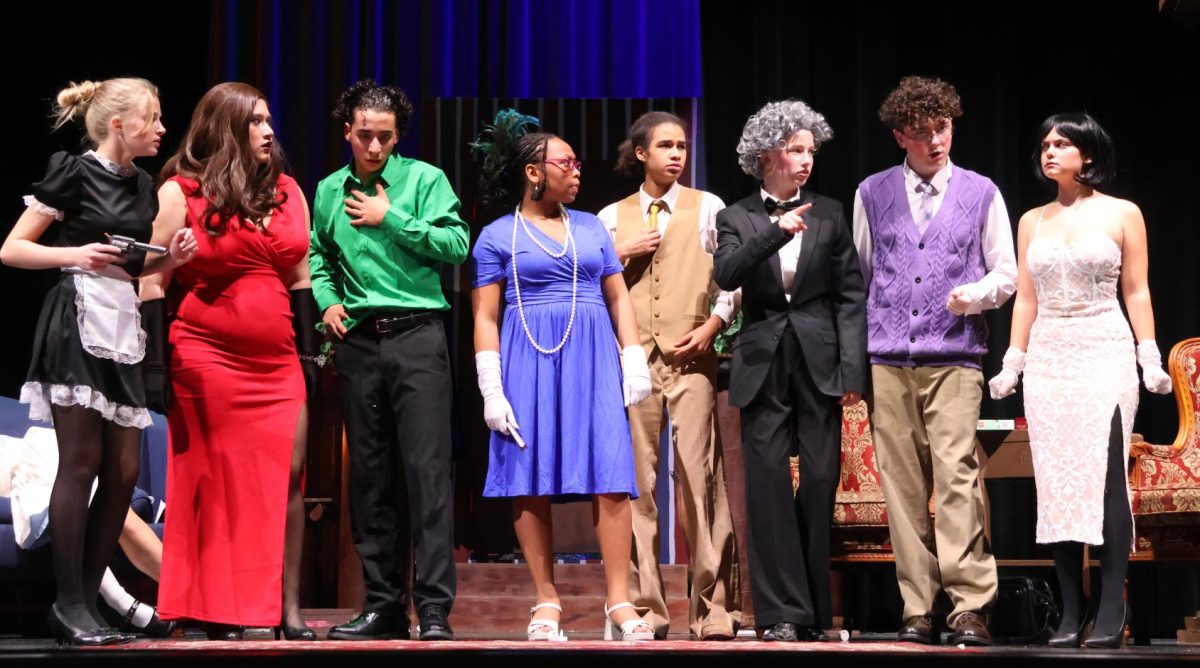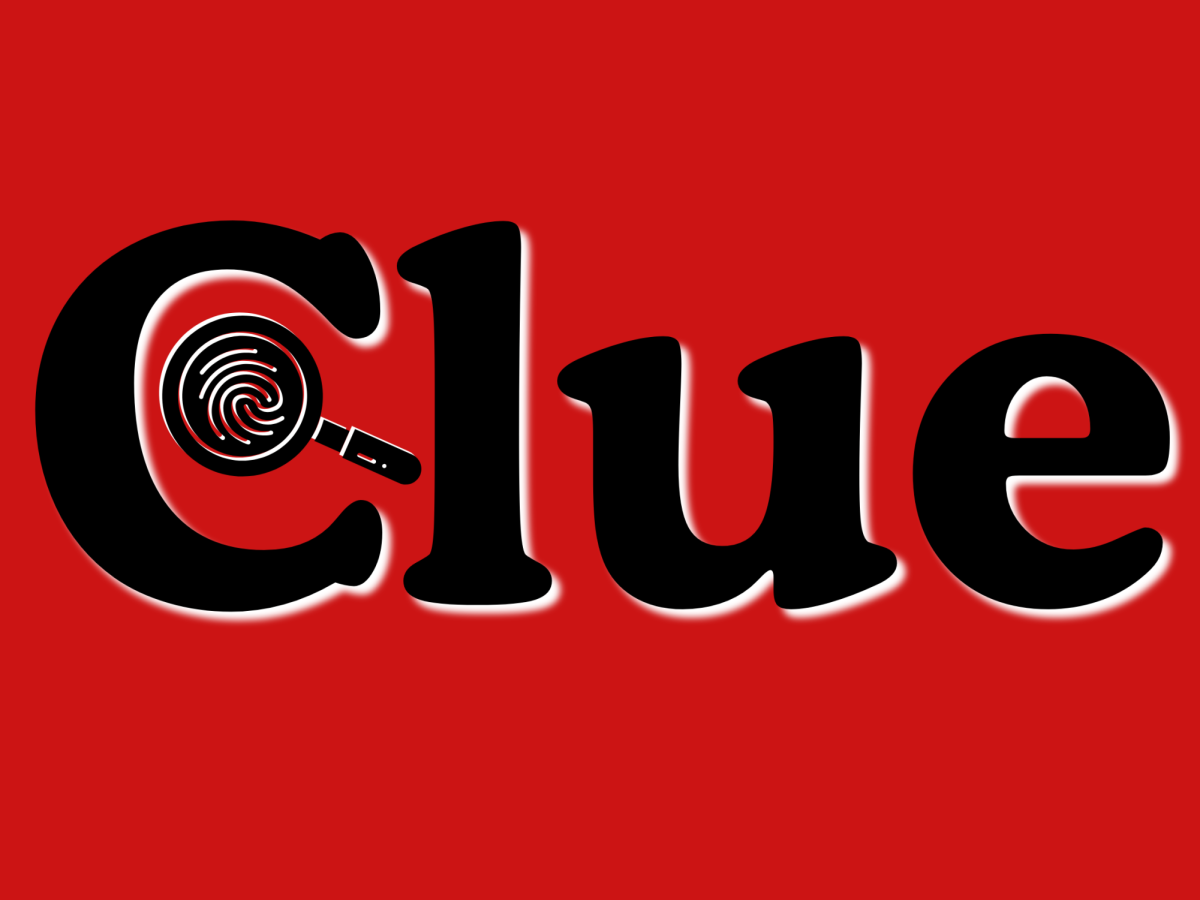Friday 13th. The unluckiest day of the year will happen twice in 2024, the first one being this Friday. The day is filled with superstitions and lore. Many superstitions surround the number 13, mostly negatives. Cultures worldwide avoid the number at all costs even in professional environments, and Friday the 13th has become infamous in pop culture by proxy.
The number 13 has garnered itself a sour reputation as one of the most unlucky numbers, to the point tall buildings don’t mark a 13th floor within their stairwells and elevators and people avoid placing important events on a date of the 13th, with even ancient laws such as the Code of Hammurabi omitting a 13th law listed. Where this number’s history comes from is for the most part unknown, and it cited multiple events and reasons why it got its title as unlucky. The actuality of negative things connected to the number is more major than some might originally notice.
The idea of the number 13 being cursed or bad luck is debated, but even more so is the stigma of Friday the 13th. Some note in 1307 when King Philip IV arrested hundreds of the Knights Templar on October 13th which was a Friday, in which later many of the knights were executed. Others look toward a biblical history, with The Last Supper having 13 guests with Judas amongst them, with the following being Good Friday when Jesus is crucified. One people might care about is Tupac dying on a Friday the 13th.
These events aren’t recognized much concerning Friday the 13th anymore, with pop culture digging its heels into the topic. One most will know is the slasher franchise on Friday the 13th, with the hockey-masked killer Jason Voorhees taking the big screen. A much older reference to Friday the 13th is the 1907 book Friday, The Thirteenth by Thomas William Lawson. The book is about a man using the stigma surrounding the date to cause chaos on Wall Street to achieve great success financially. Though these references take advantage of the stigma more than create it, The Winchester Mystery House also utilizes the number 13 in much of its structural design as tour guides might point out to guests.
Another example of poking fun at the stigma is an underground community called The Thirteen Club. The goal was simple, prove the number 13 had no true power. The group would dine on the 13th day of each month in room 13 of the Knickerbocker Cottage owned by the founder of the club, Captain William Fowler, for a 13-course meal. When entering the event all members would go underneath a ladder, another bad luck symbol, under a banner stating “Morituri te Salutamus” which translated from Latin means “Those of us who are about to die to salute you”. Four U.S. Presidents are known to have been members of The Thirteen Club, including Chester A. Arthur, Grover Cleveland, Benjamin Harrison, and more well-known Theodore Roosevelt.
The disparity between the number 13 and its Friday counterpart is for the most part deemable as irrational, with a phobia for Friday the 13th even existing, Triskaidekaphobia. Despite this, it will always have a deep-rooted history in the paranormal and unusual especially due to media’s perpetuation of the superstition. The number will always be everywhere, as casually as the 13 elements of icons on the dollar bill, to historical events such as the 13 years of prohibition and the moon landing of Apollo 13. It is both a number, a symbol and a tool for people everywhere due to its negative connotation.








